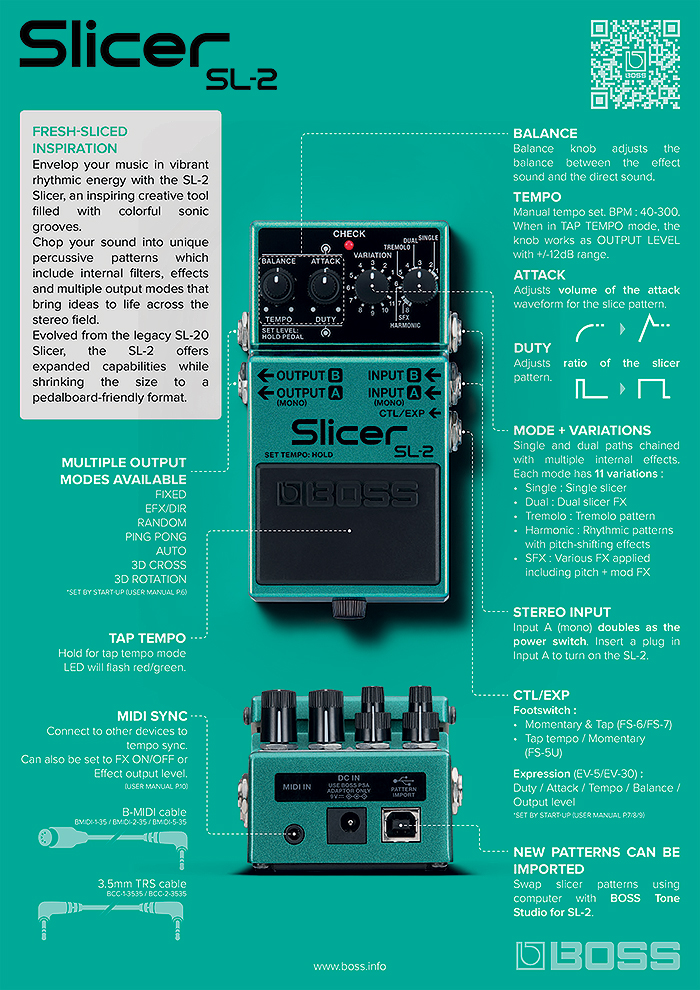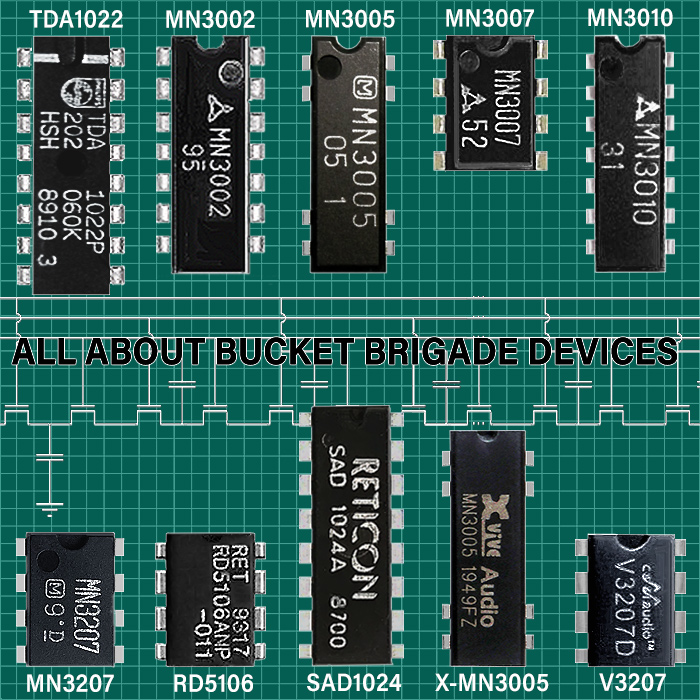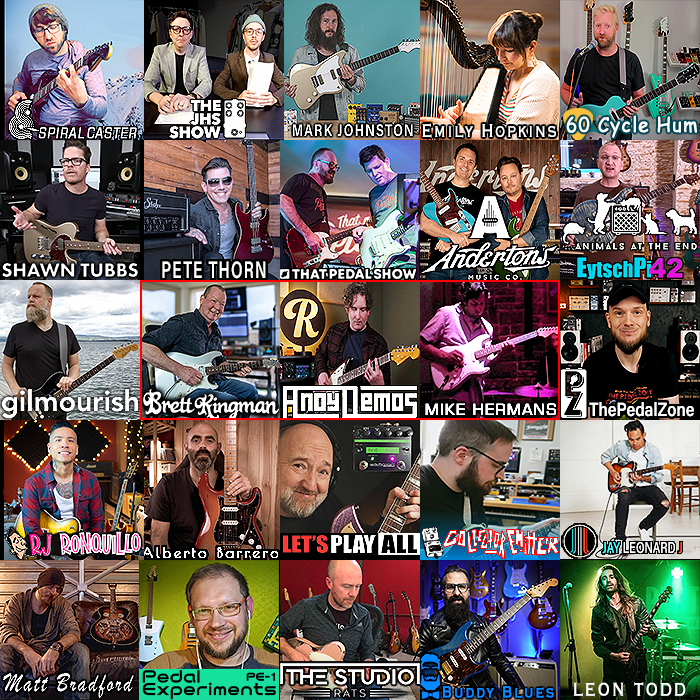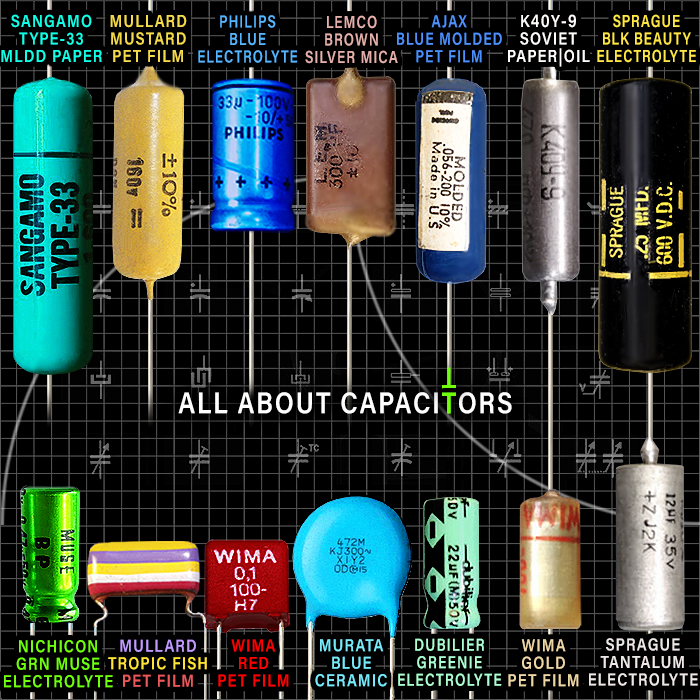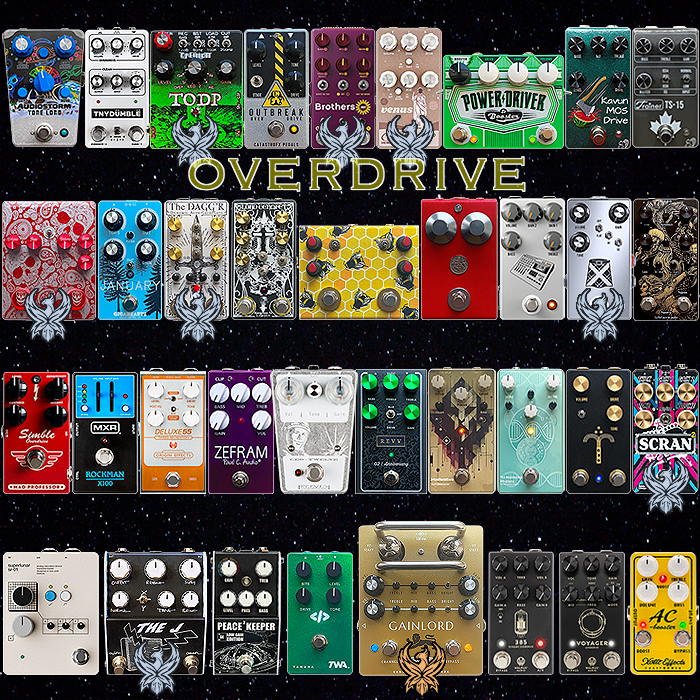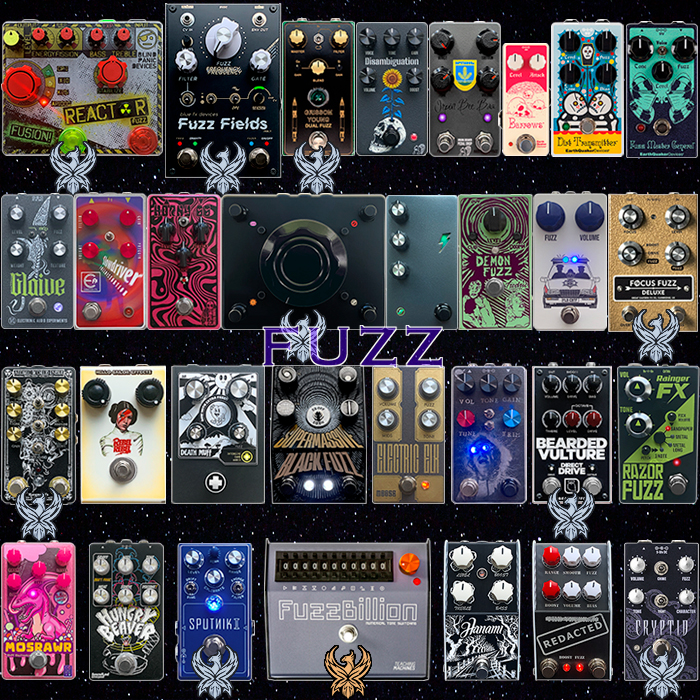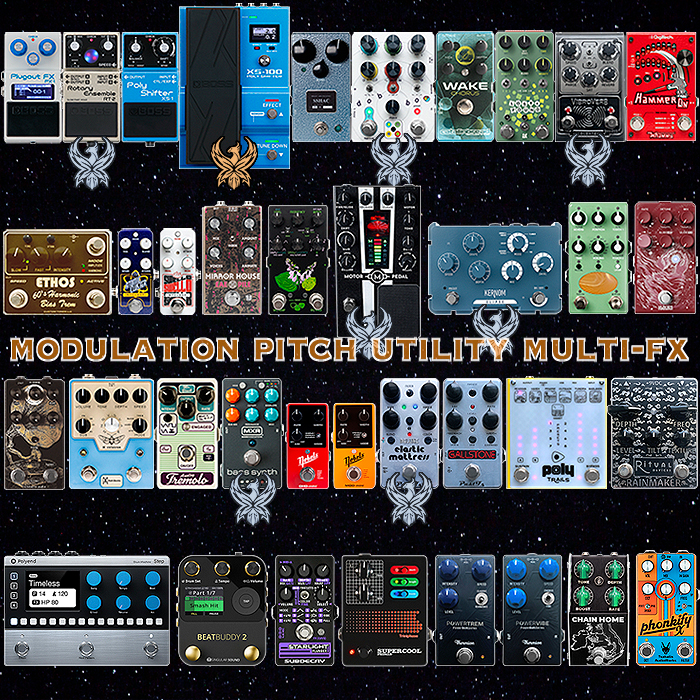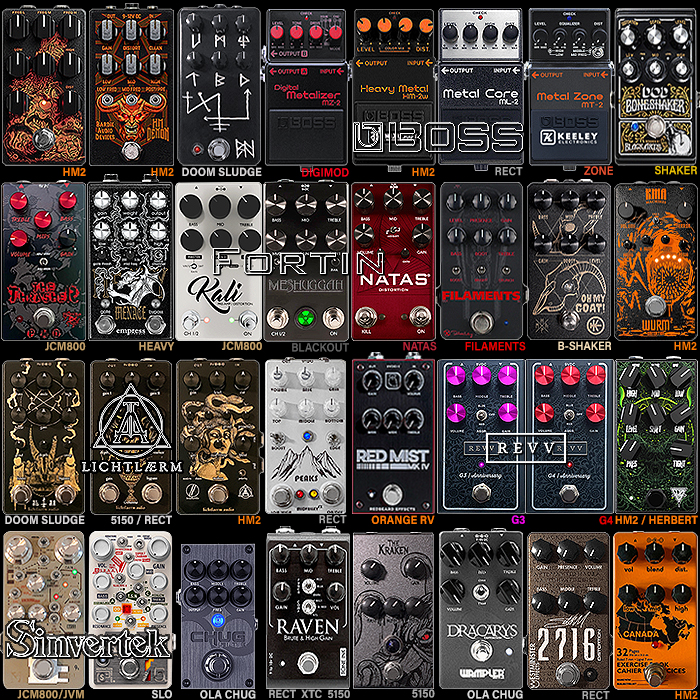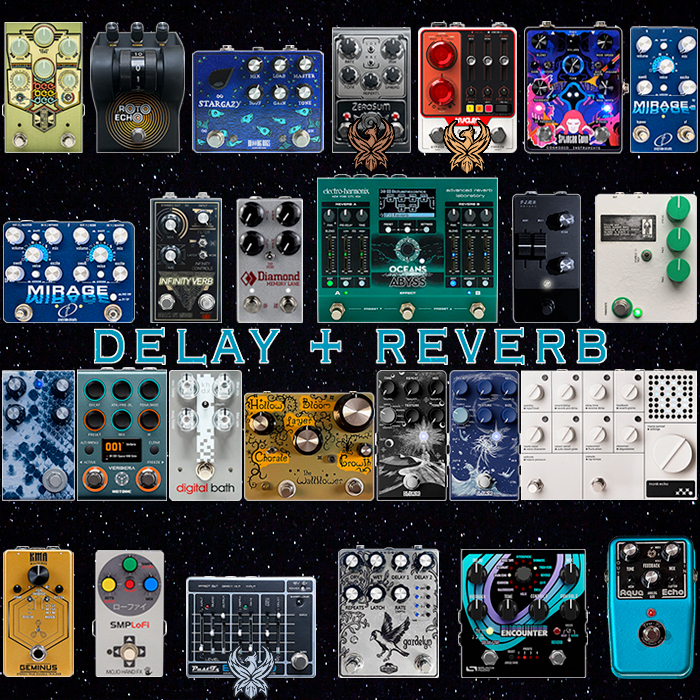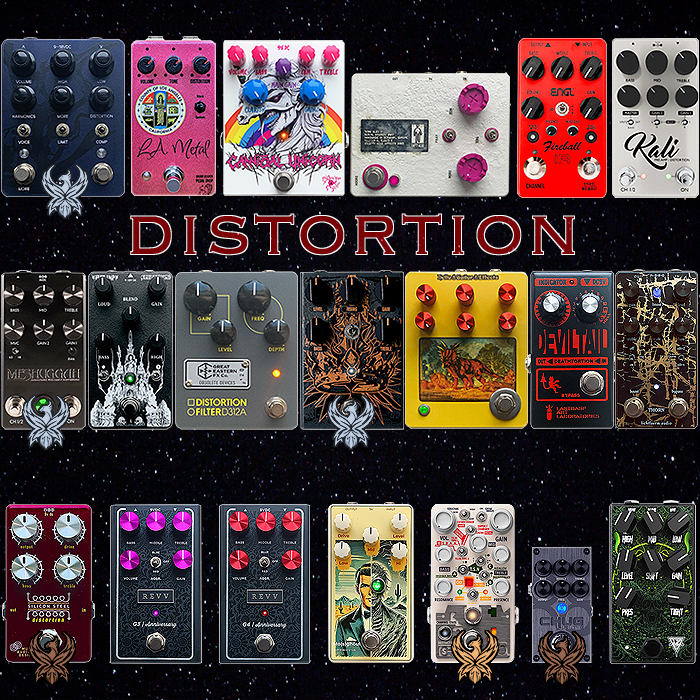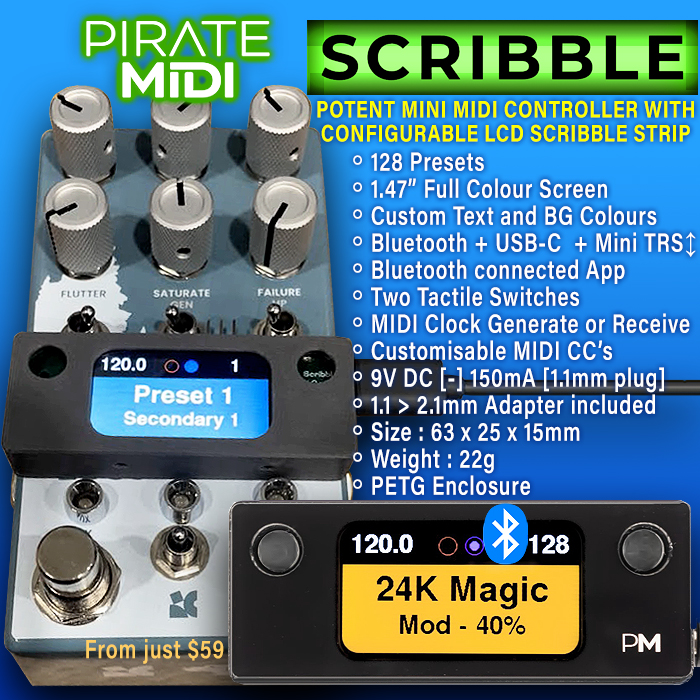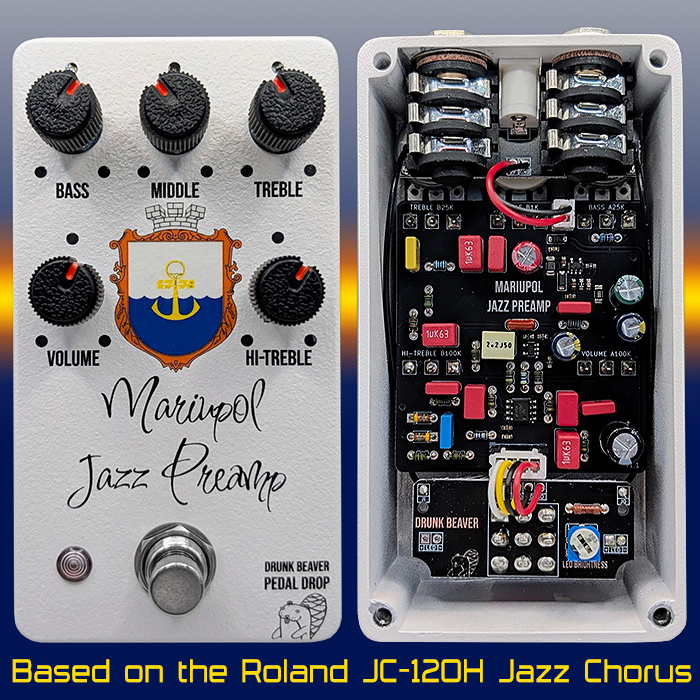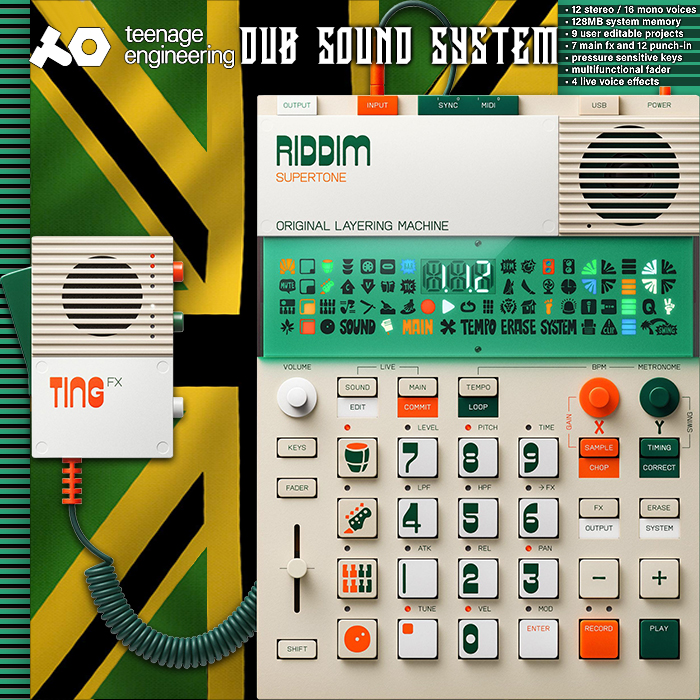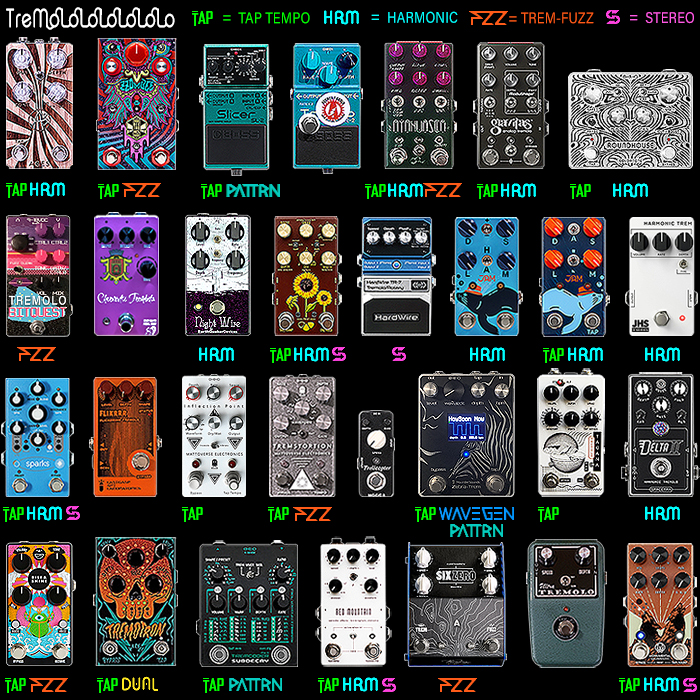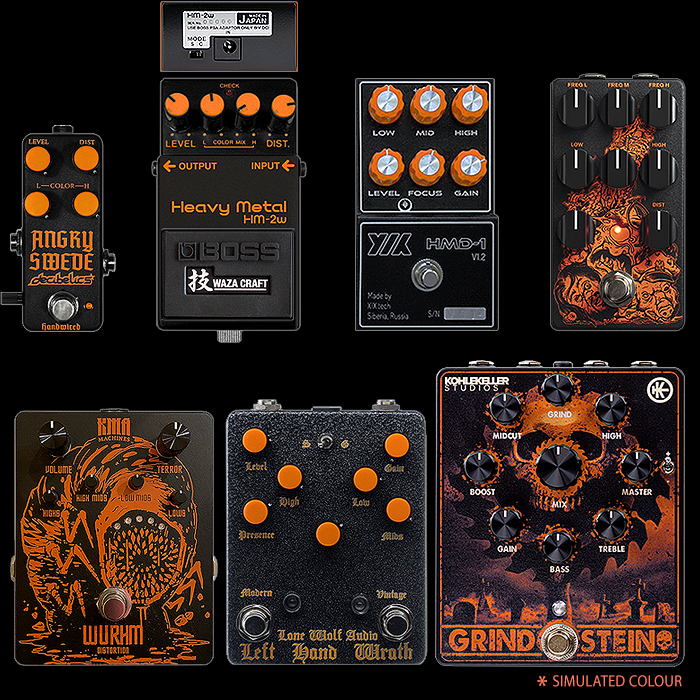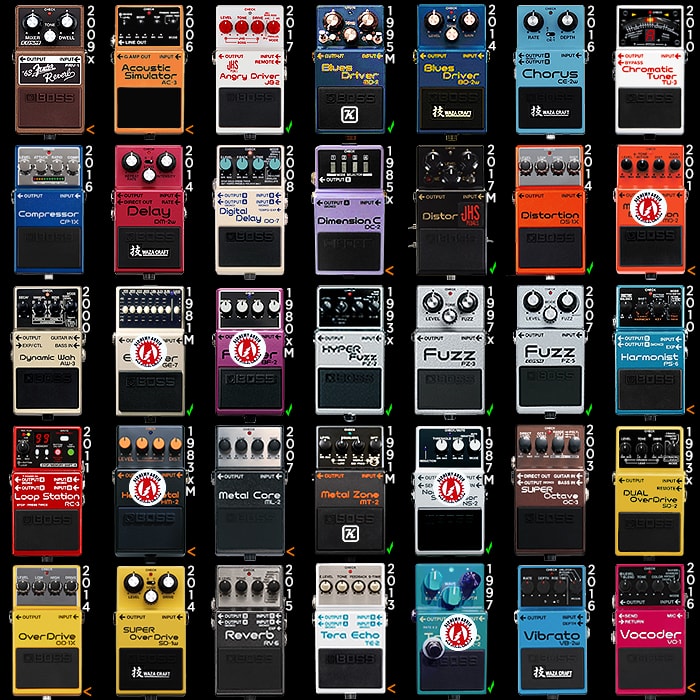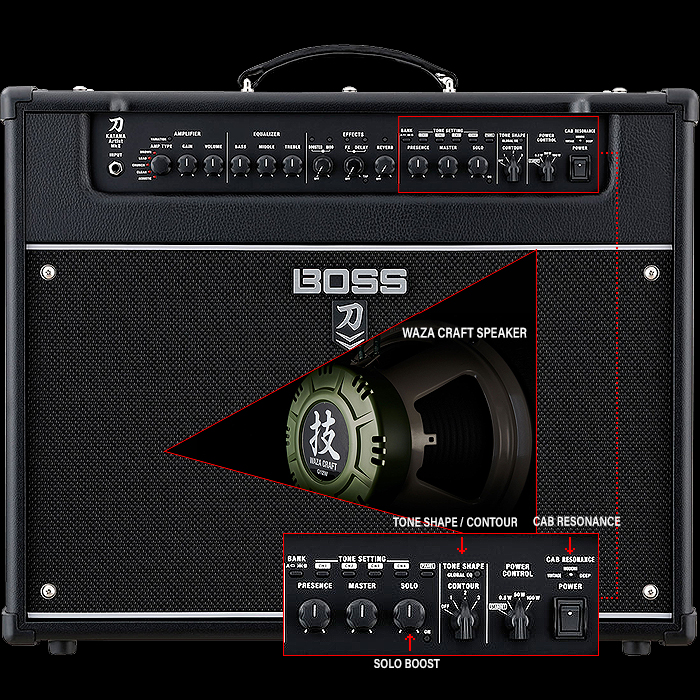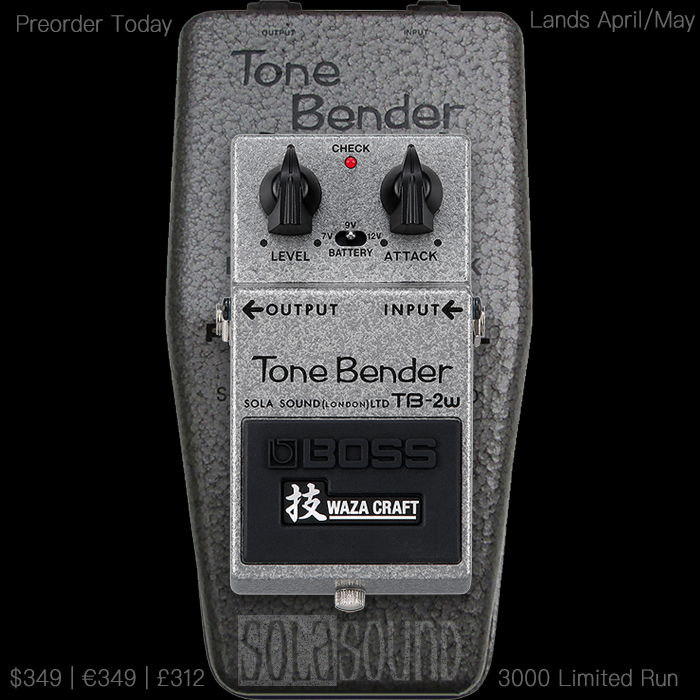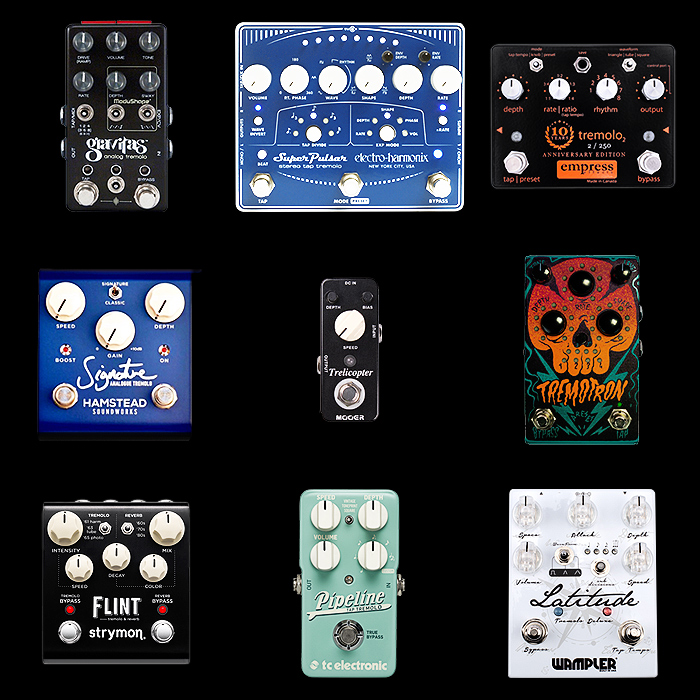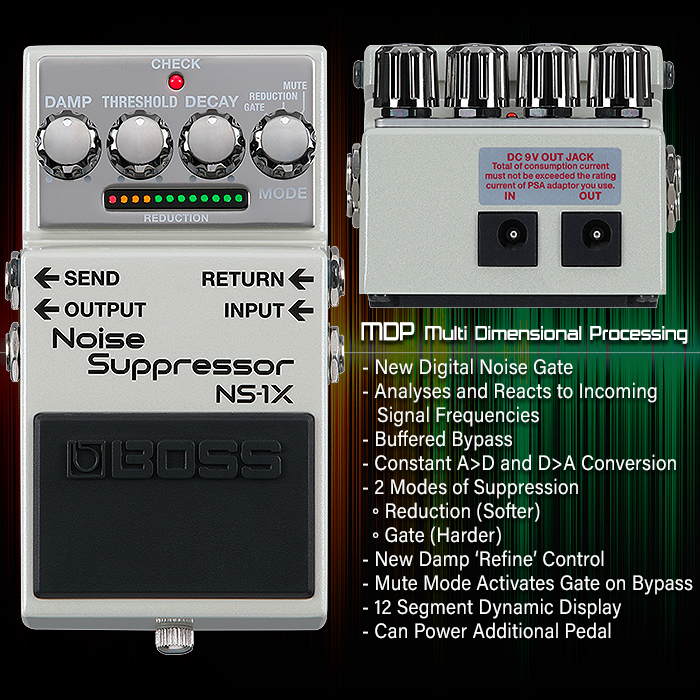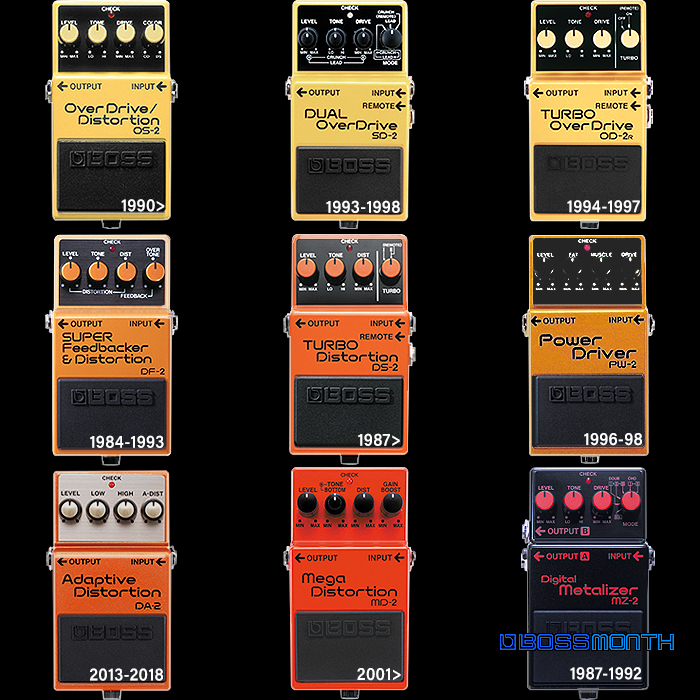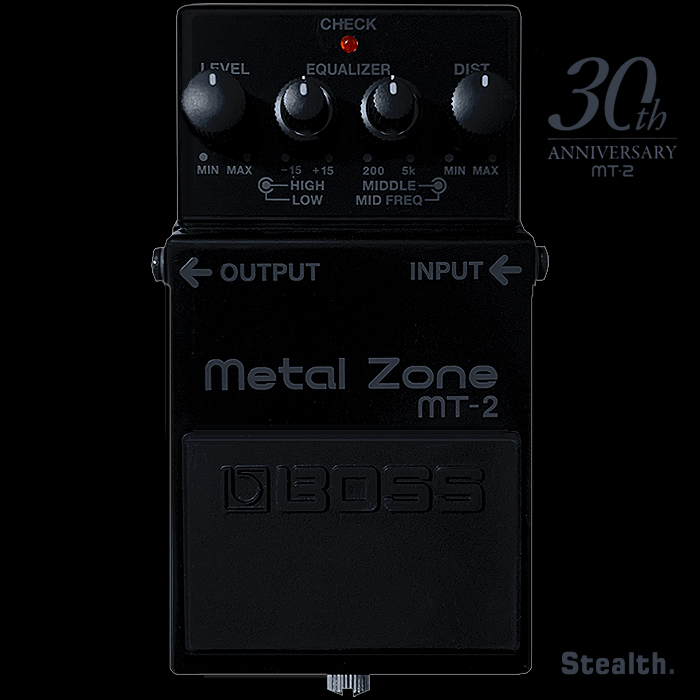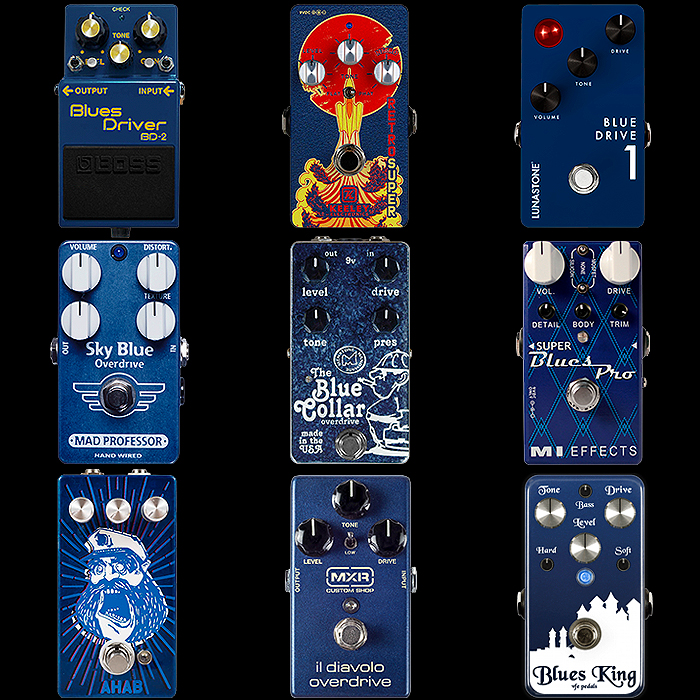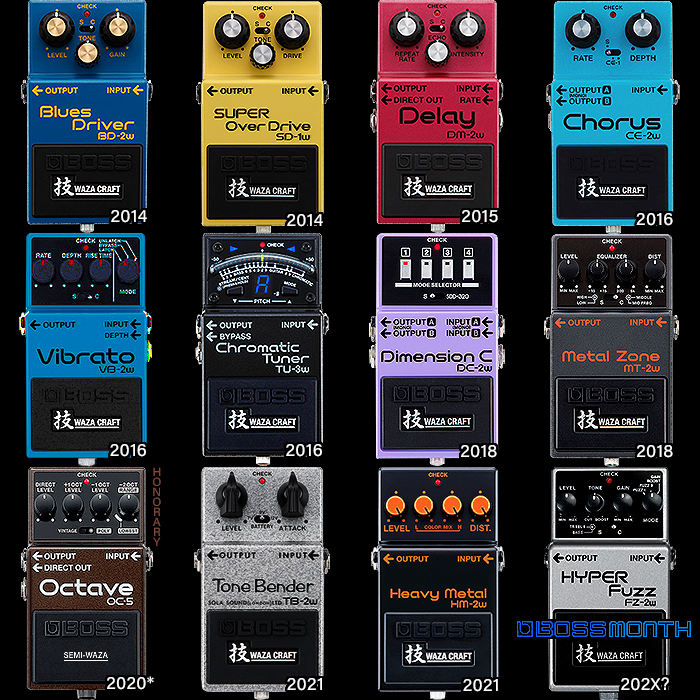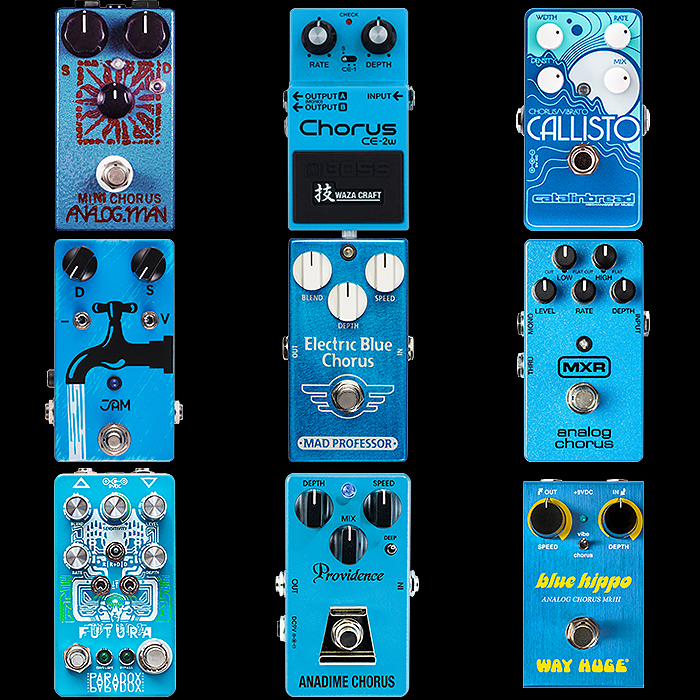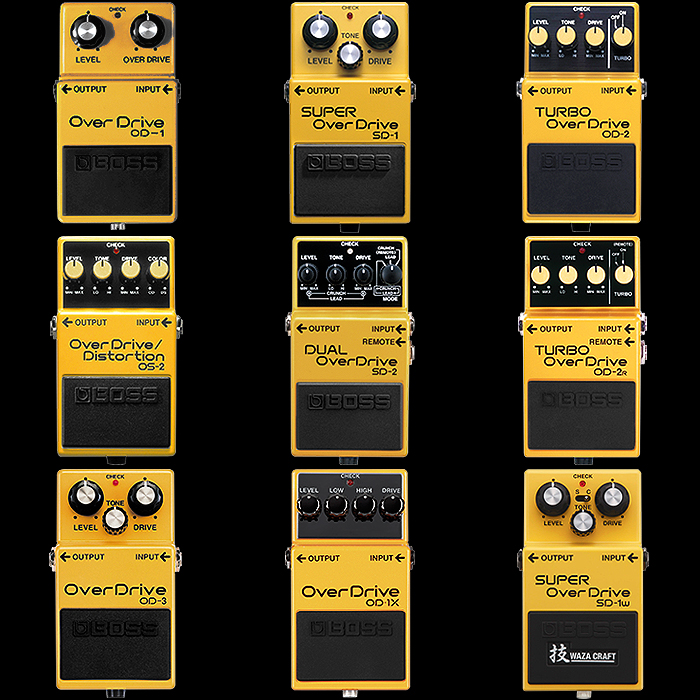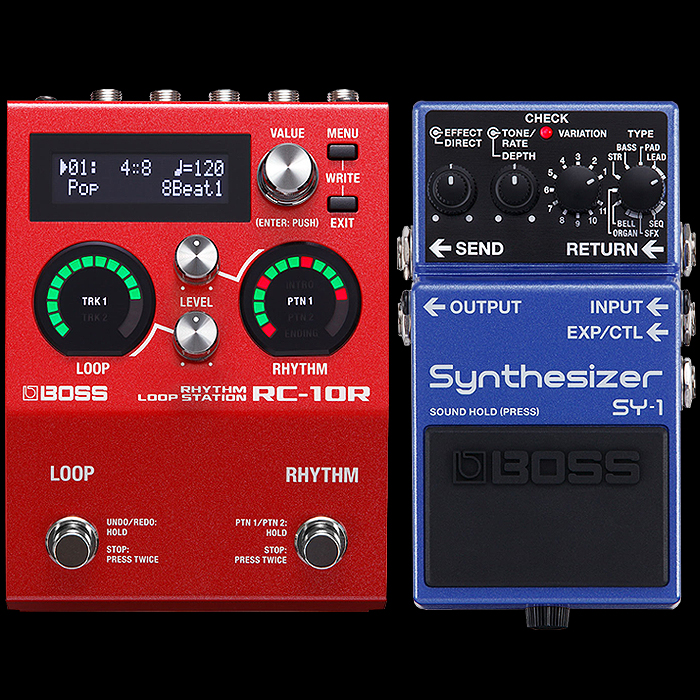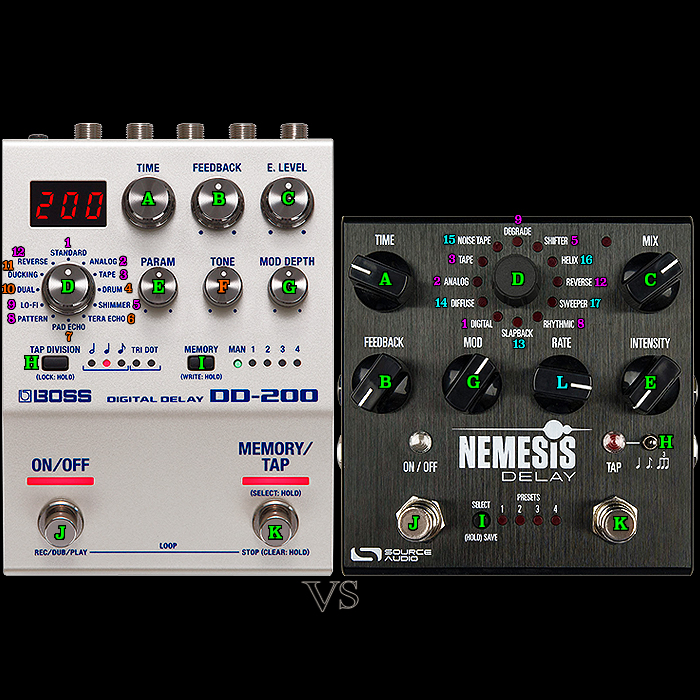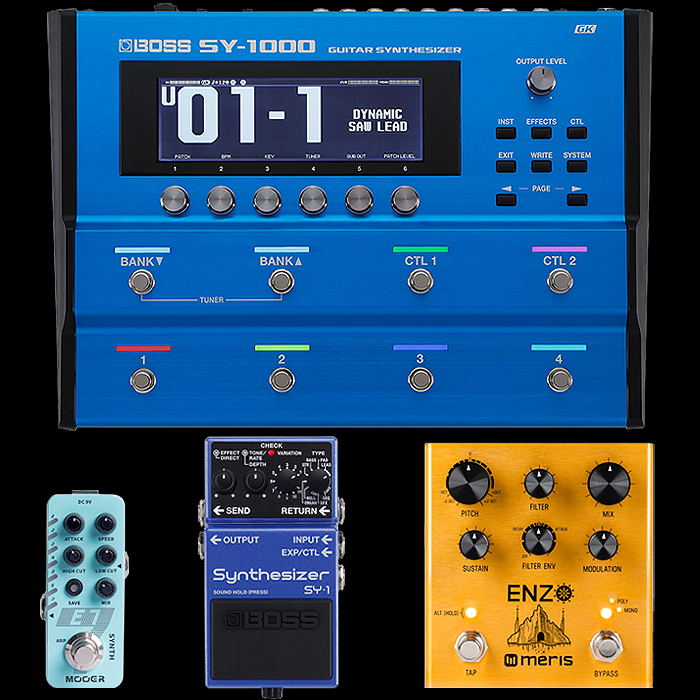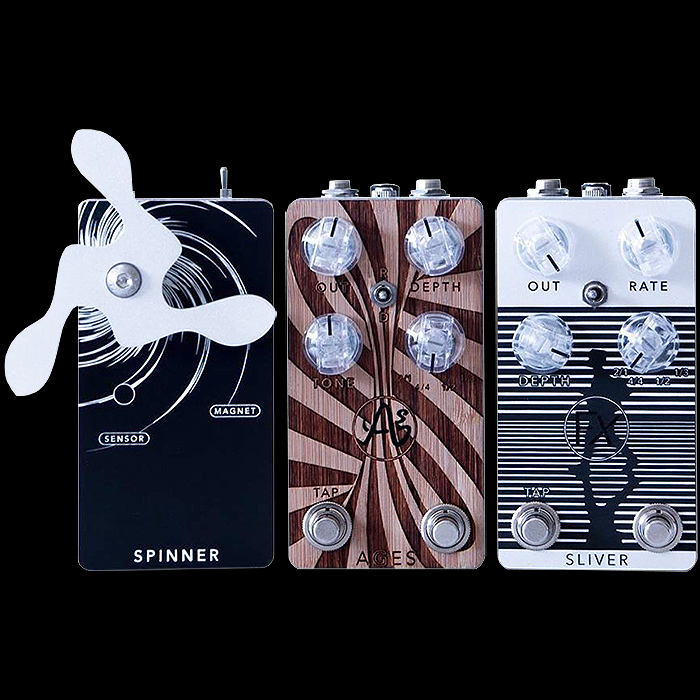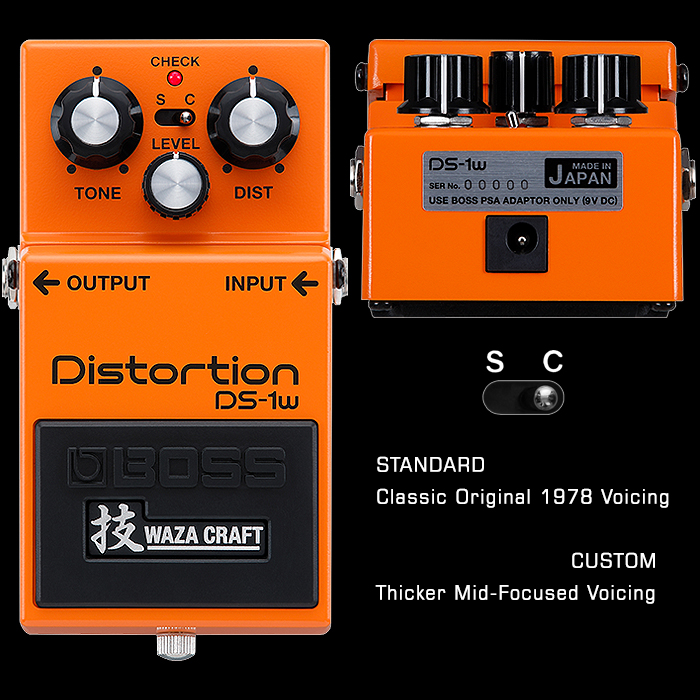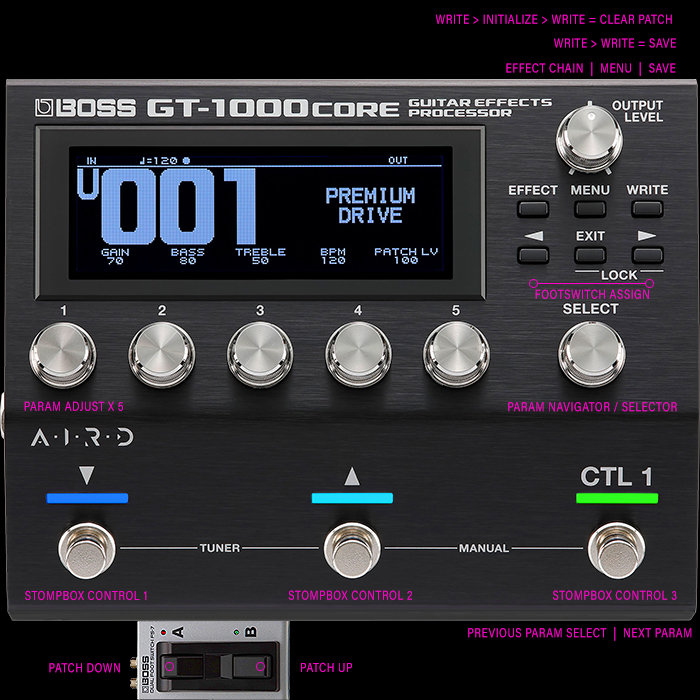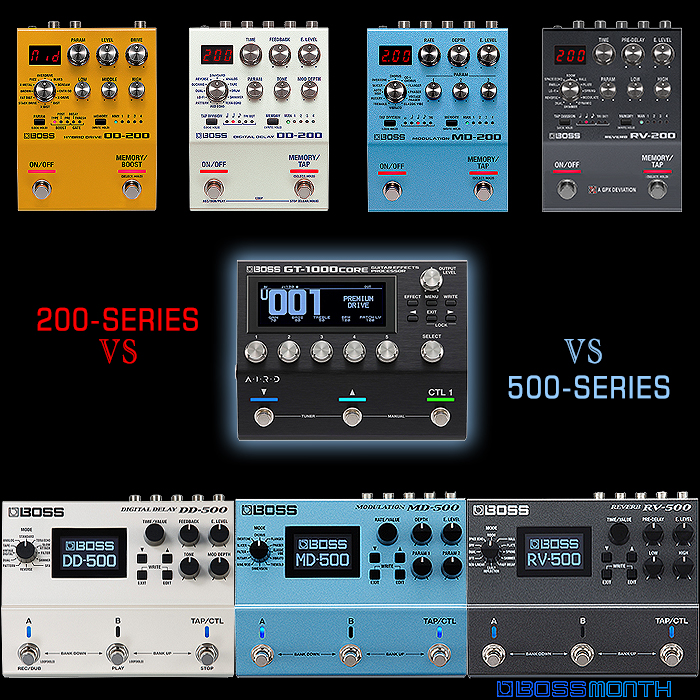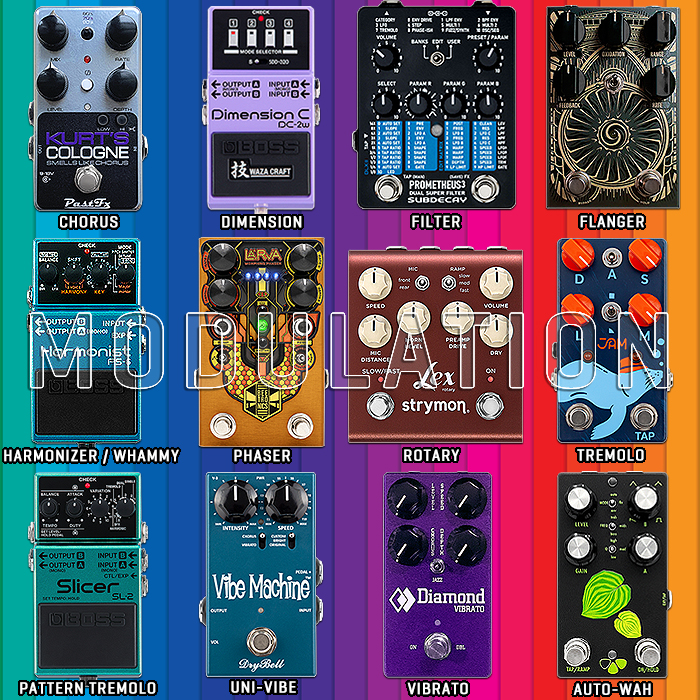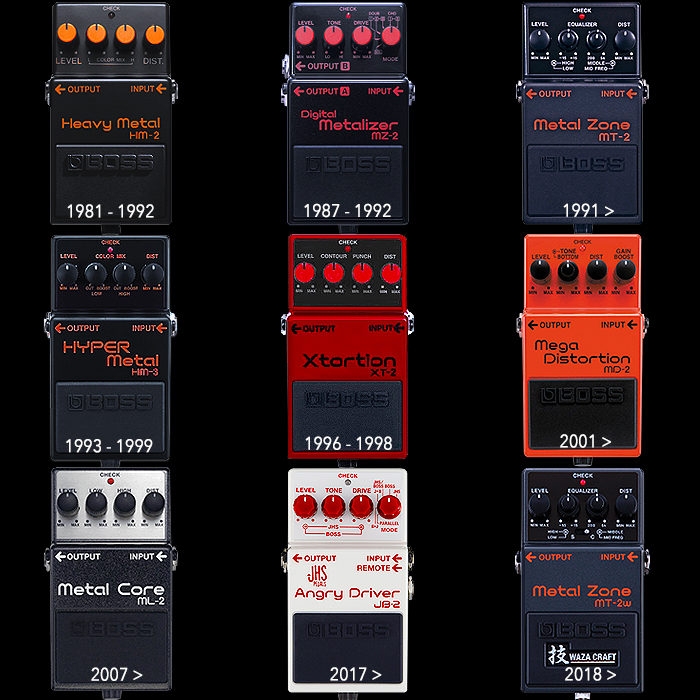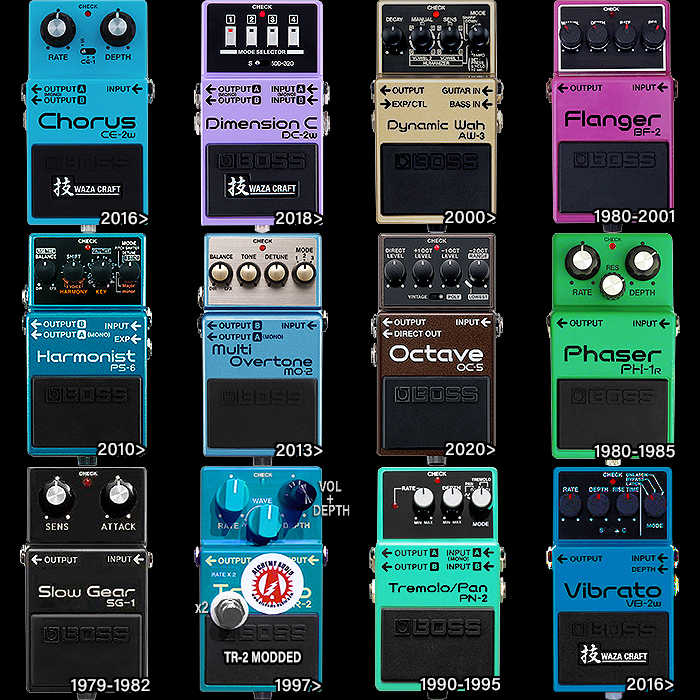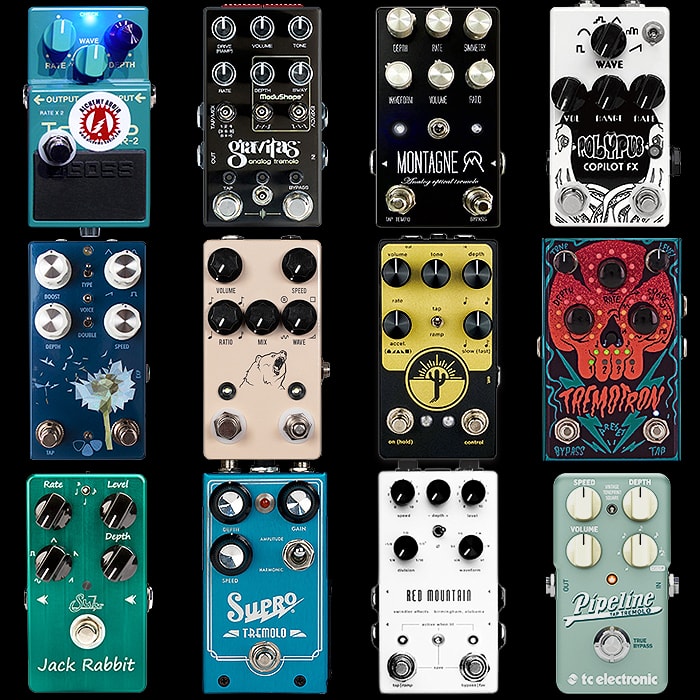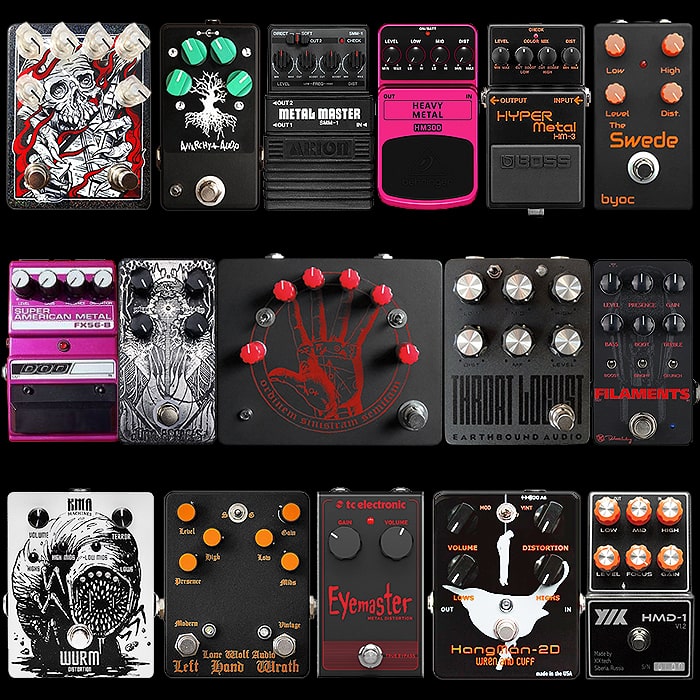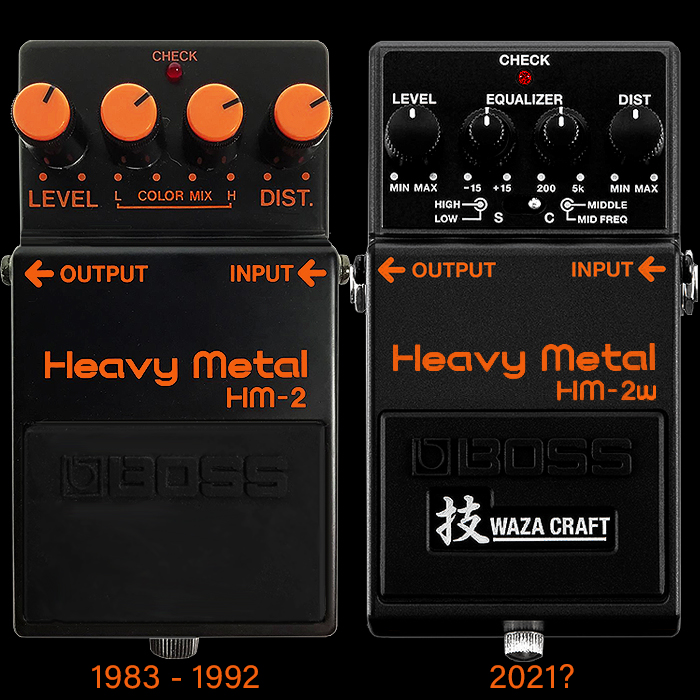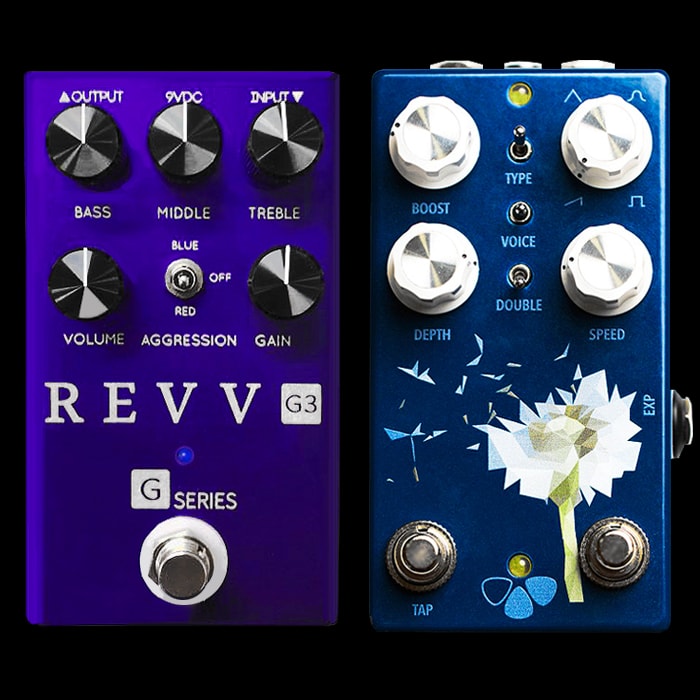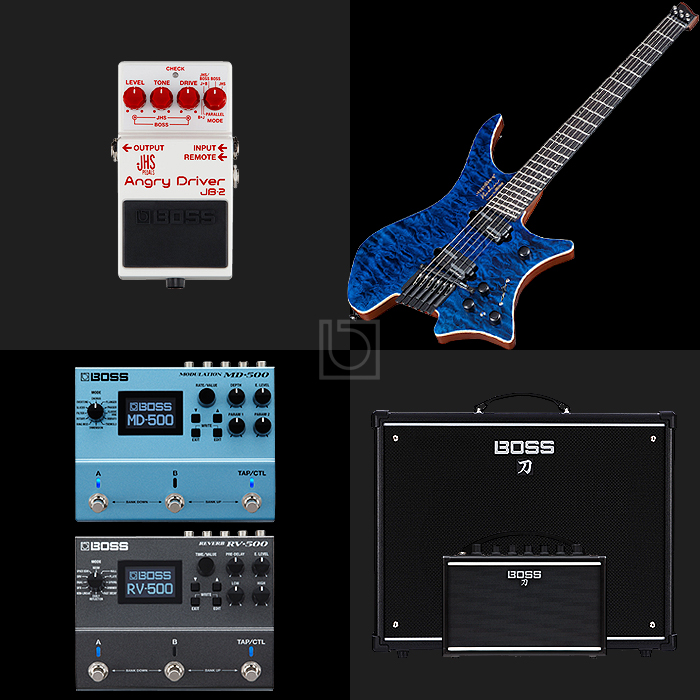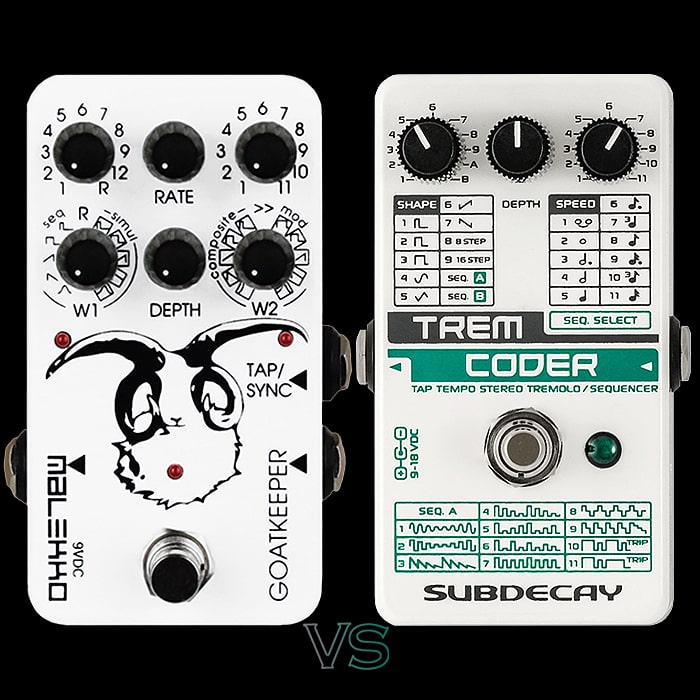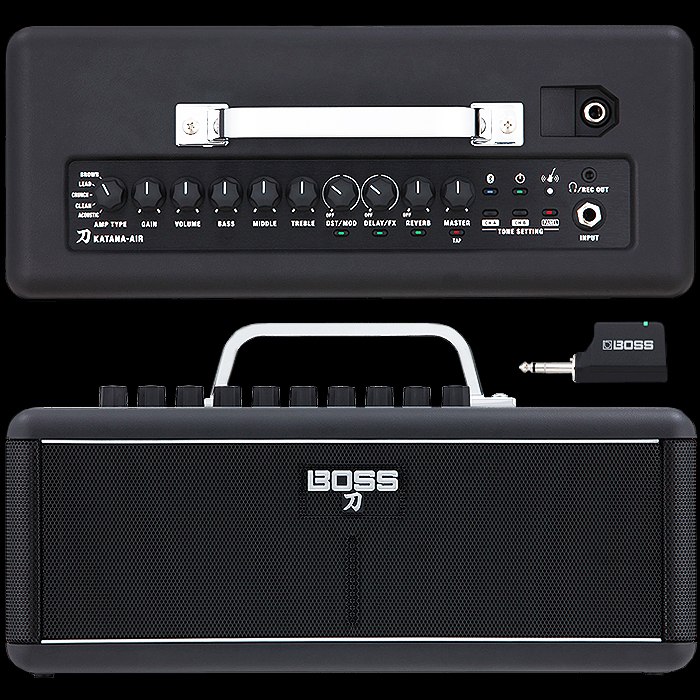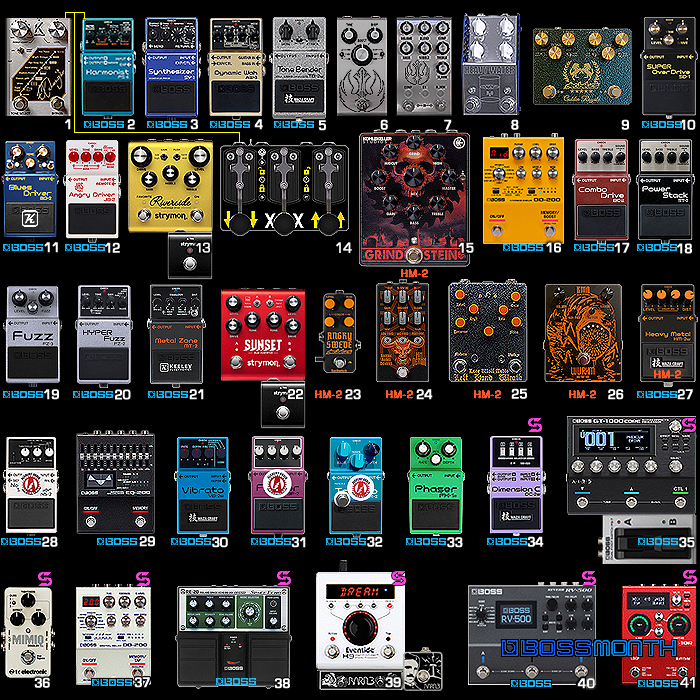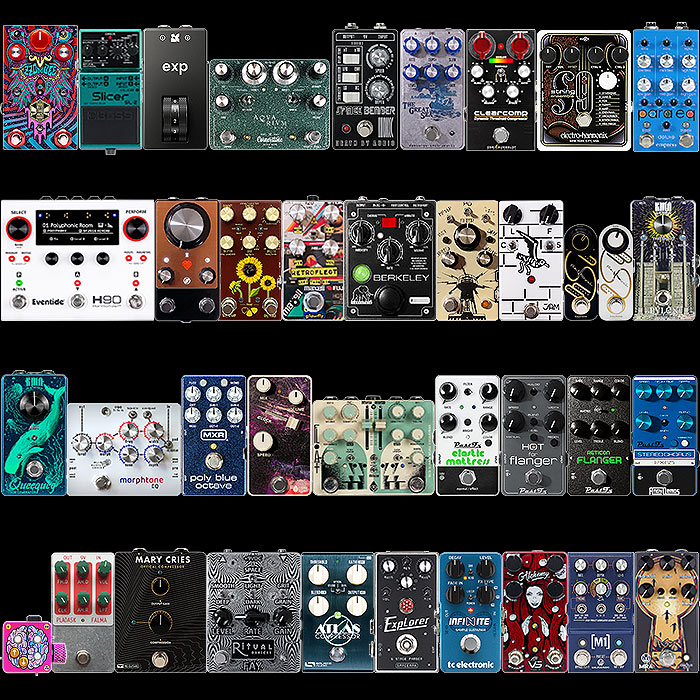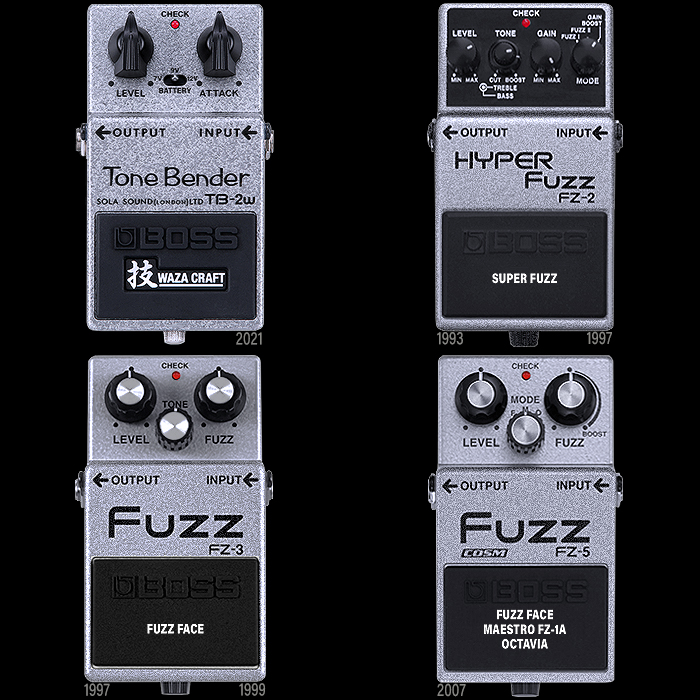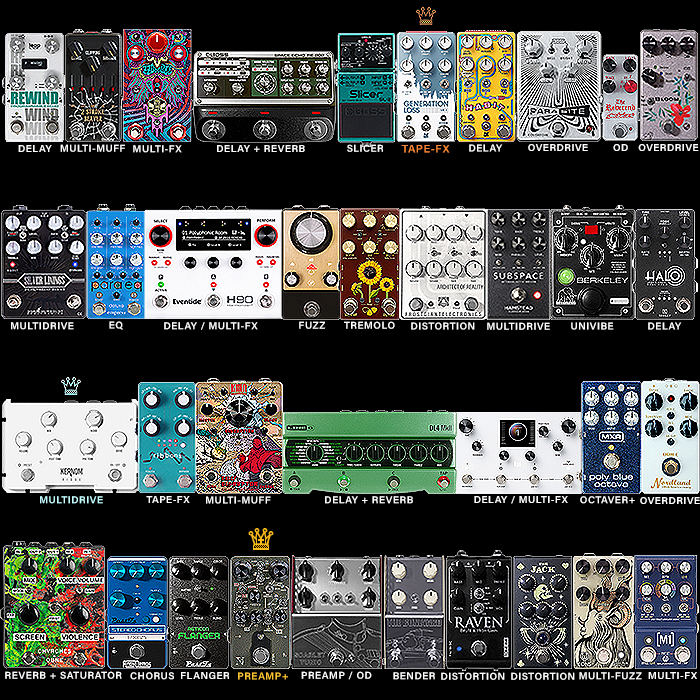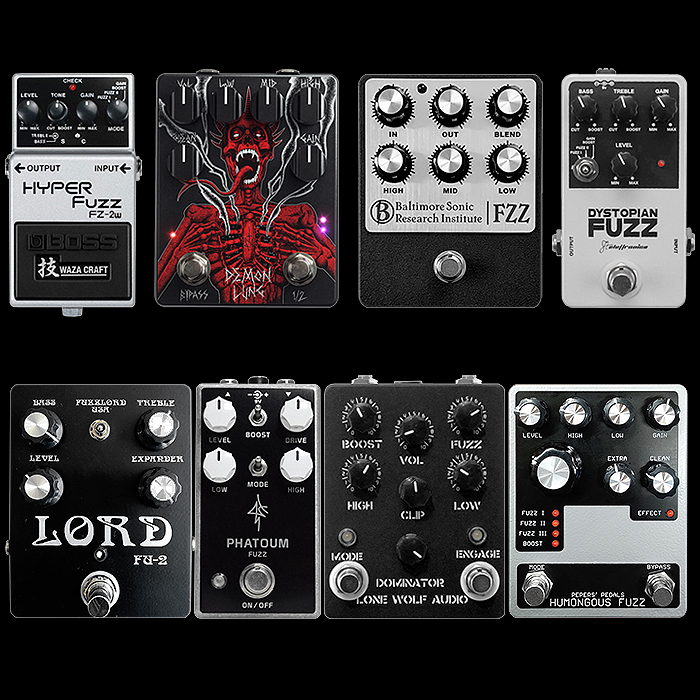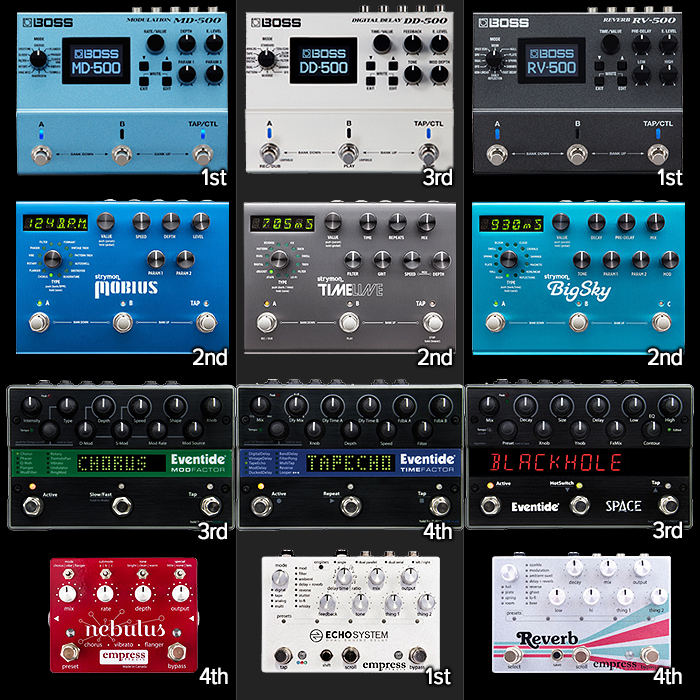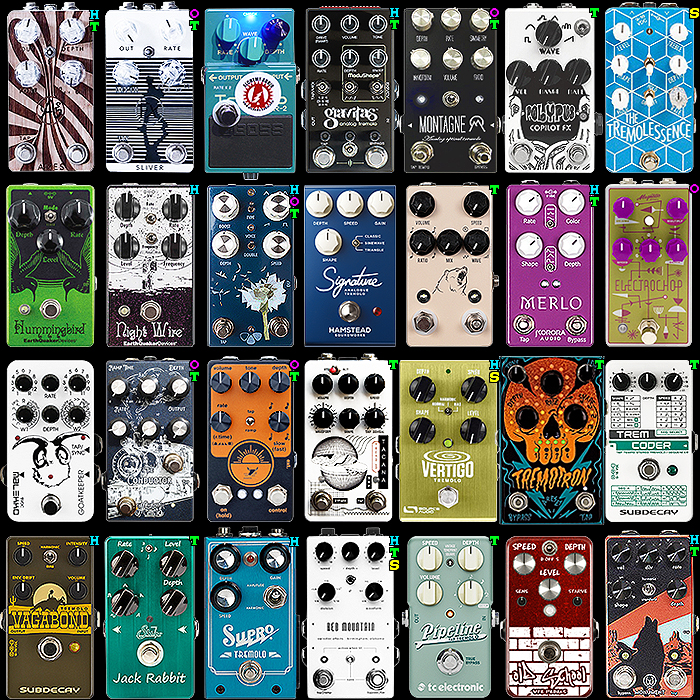Boss Revives and Shrinks its Slicer Audio Pattern Processor Pedal - now in sleeker and enhanced Compact SL-2 Format
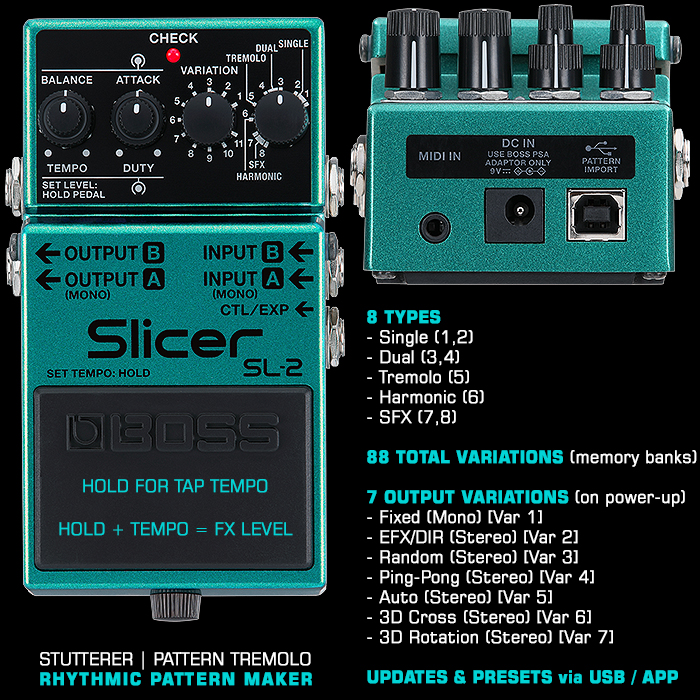
This one was a really big surprise for me - as while I predicted that the 20-Series SL-20 Slicer would return to duty at some stage - I though it more likely to be in the 200 series format.
But much like Boss first did with the RE-20 - where it introduced a full-featured diminutive RE-2 Compact Edition as well as the larger and more Deluxe RE-202 - Boss has stuck again with the same treatment for the Slicer.
I feel it important to quickly recap on the original - to see just how phenomenal a job boss has has done for this format. The original SL-20 (as below), Had 7 Knobs and 2 Push-Button switches, but also Dual-Footswitches.
The Knobs on the SL-20 were Effect Level (Wet), Direct Level (Dry), Bank 1-5 (Type/Mode), Pattern 1-10, Attack (Waveform Attack Amplitude), Duty (Span of Waveform), and Tempo - so 7 in total. While on the SL-2 we have only 6 knobs as such - 2 dual-concentric ones doubling up for Balance and Tempo, and Attack and Duty, with Variation and Type / Mode being individual Knobs. So the new edition combines the Effect and Direct Level into the ’Balance’ control which make it more like a Mix / Blend knob - Dry > Wet. You can though hold down the main footswitch + adjust the Tempo dial to increase the Effect / Wet Level - so the SL-2 pretty much has you covered in that regard too.
And for the SL-2 you also hold down the footswitch for a couple of seconds to apply tap-tempo - versus the SL-20 having dual-footswitches for just such a purpose. I really like the extra legends on the SL-20 for the Attack and Duty knobs which really illustrate properly what function those control - that’s one of the things that is lost on the new Compact SL-2.
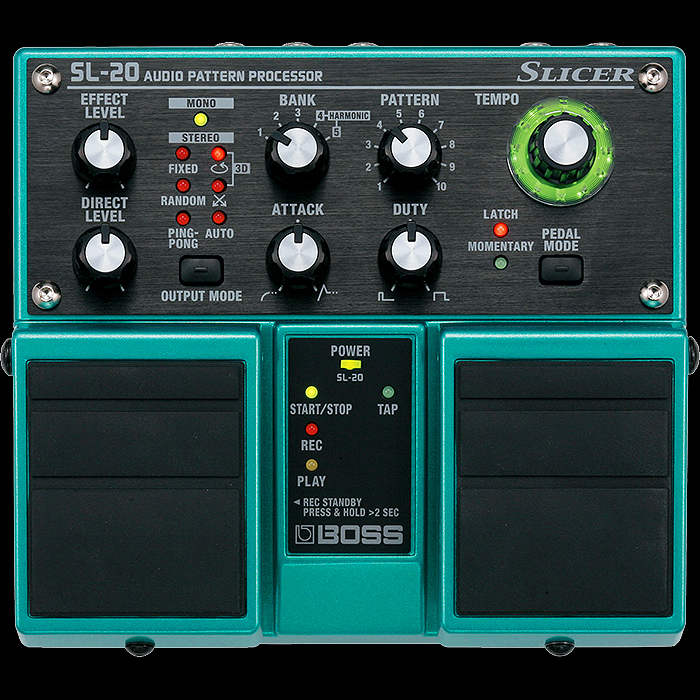
At its core the Slicer is a sort of playback sampler which chops up the signal into rhythmic patterns where the Attack Knob controls the Attack Volume / Amplitude of each chopped up waveform segment, while the Duty Knob controls the span / length of each chopped segment.
The SL-20 had 5 Banks / Types / Modes across 10 Patterns each - where Modes 4 & 5 were Harmonic, while the SL-2 has 8 Types / Modes : Single 1 & 2, Dual 3 & 4, Tremolo 5, Harmonic 6, and SFX 7 & 8 across 11 Variations / Patterns Each. I asked for some clarification on the different Variation Patterns - while those are just numbered elements currently - I will try to figure out more properly descriptive words once I get my hands on mine.
Another key part of the SL-20 was its various Mono and Stereo Output Modes - 7 of them in fact which lit up corresponding LEDs for easy reference. That visual element is lost on the SL-2 while you can access similar Output Modes when powering up the pedal, holding down the main footswitch and selected the numbered mode via the Variation Knob.
The SL-20 had a single Mono Mode, and then Fixed, 360, Random, Cross-over, Ping-Pong and Auto while the SL-2's Output Modes / Variations are :
- Fixed - same signal to Output A & B (Mono) [Variation 1]
- EFX/DIR - The Wet Effect Signal is sent to Output A, and the Dry Direct Signal to Output B (Stereo) [Variation 2]
- Random - Randomly outputs from the Left, Right and Centre Positions across Outputs A & B (Stere) [Variation 3]
- Ping-Pong - Alternately outputs signal Left & Right / A / B (Stereo) [Variation 4]
- Auto - Smooth Panning from Left to Right and Back (a little PN-2) via Output A & V (Stereo) [Variation 5]
- 3D Cross - The sound pans both back and forth and left-right across the stereo field (Stereo) [Variation 6]
- 3D Rotation - Delivers a Three-Dimensional felling of Rotation (Stereo) [Variation 7]
This is probably the least satisfactory aspect of the SL-2 as it's wholly hidden from view, and requires a somewhat clunky press-hold-twist on power-up approach to change a pretty essential Mode variation - which ideally I would have liked to have been able to carry out on the fly as such. It's one aspect of the original SL-20 that made that pedal so special - which is why I always thought this would more likely end up as a SL-200 variant. The SL-2 is undeniably cool - and overall improves on several aspects of the original, but it falls down a little bit in controllability and usability - still the improved form factor with all else onboard makes it a real triumph. This can for sure be your main Tremolo, Rotary Leslie style speaker of choice, Stutterer / Judder and similar - and can render all manner of smart Modulation effects.

For those who are MIDI-savvy this pedal also has a mini MIDI In / MIDI Sync port (intended for Tempo-sync really) - and there is of course a type-B USB port for updates - where you can use the Boss Tone Studio App to set different Variation patterns - as a form of Preset Update - which is really clever.
There's been so much smart engineering here to cram everything into the compact format. And while the press-hold for Tap Tempo is pretty straight-forward, several of the the option menus are clunky to activate - including of course Output Mode and Footswitch Mode.
The Output Mode clunkiness is really the main sacrifice here - I need to get my own unit to figure out just how much of a challenge that is. With a SL-200 with screen-driven menus none of this would be a problem - but when you're doing this capable a pedal in such a compact enclosure you inevitably have to make some compromises and sacrifices - I still think it's a triumph though - and it will be occupying my Tremolo slot for many months to come most likely!
I've suggested to Boss a couple of times that they include either a push button on the back of the pedal, or say the custom Mode switch from the HM-2W - to make it more easy to apply secondary options and functions - rather than have to unplug and power up the pedal with the Footswitch held to affect changes!
Key Features and Specifications
- Instantly create compelling sonic grooves with single and dual Slicer paths processed with multiple internal effects
- 88 memory locations with pre-loaded patterns (eight types with 11 variations for each)
- Control the wave shape and length of sliced audio with Attack and Duty knobs
- Adjust the overall effect level with +/-12 dB range
- Mono/stereo input and output for integration with any setup
- Seven stereo output modes: Fixed, EFX/Direct, Random, Ping-Pong, Auto, 3D Cross, and 3D Rotation
- Connect to the BOSS Tone Studio app (macOS/Windows) via USB to explore and load hundreds of
alternate patterns - Control bypass and tap tempo with the onboard pedal switch
- Connect up to two footswitches or an expression pedal for external parameter control
- TRS MIDI input for clock sync and CC control
- BOSS five-year warranty
- Power Supply : Standard 2.1mm 9V DC [-] with 95mA Current Draw
- Dimensions : 73 x 129 x 59mm
- Weight : 450g
- RRP : €179 / £151
Recommended compatible Boss / Roland Accessories :
- Footswitch : FS-5U
- Dual Footswitch : FS-6, FS-7
- Expression Pedal : FV-500H, FV-500L, Roland EV-5, Roland EV-30
- Power Adaptor : PSA Series
- TRS/MIDI Connecting Cable : BMIDI Series
- Daisy-chain DC Cord : PCS-20A
- BOSS Guitar Cables : BIC Series
- Pedal Boards : BCB Series
Demos
Coming Soon!

